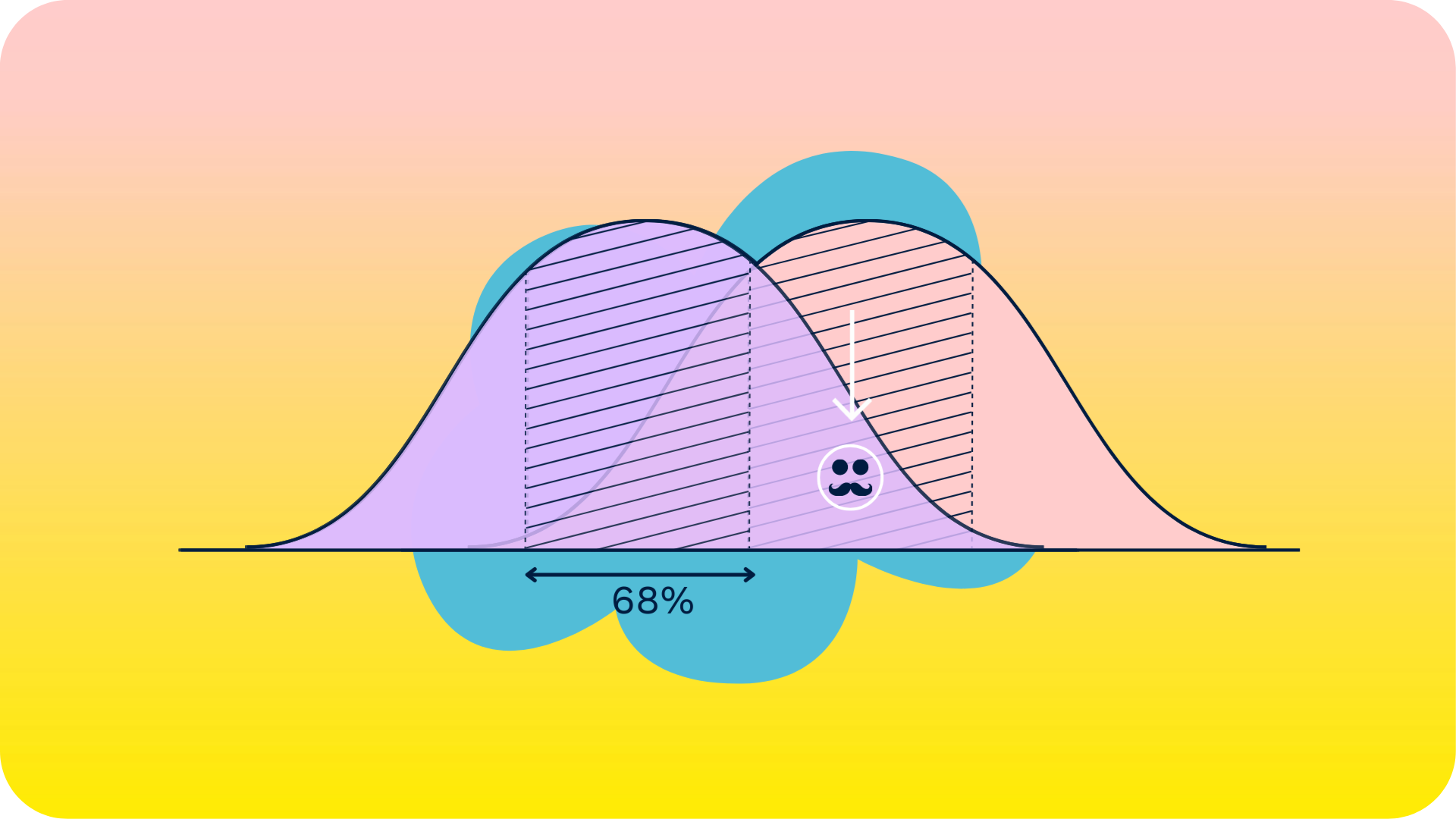How to develop an actionable vision
A while ago, I was in Tallin working with a bank to design new directions for their future. In the country that some spell as E-stonia, it was great to work with a digital version of our ‘Stories for Change’ tool for the first time. As one participant said: “I didn’t know it could be so simple to develop new thinking for our future that makes sense to all of us and that we now all can’t wait to get started with”. How do we accomplish that? How do we create an actionable vision?
“Dreams are the seeds of action”
I’ve always liked the above quote of Edmund Hillary, the famous mountain climber. It’s why we stimulate people to be bold, dream big and develop futures thinking. Even when the moonshots they come up with seem far-fetched the dreams that underpin those visions have great value. Indeed, because they contain the seeds of action.
But you can rest assured that a dream is not a goal that can be achieved easily. If that would be the case it wouldn’t be a vision, but rather an action plan. So, for a dream to lead to action it has to be strong enough so you and your team will have the perseverance and the drive to overcome all the challenges you will meet. In order for it to lead to action it needs to strike a chord. Within yourself, but especially if it concerns your dream (or vision) for an organization it needs to touch the people in your company. They have to be able to understand what your vision really is about and feel the motivation to work on turning it into reality. How do you do that?
Three ingredients for an actionable future vision
First of all: getting a vision across to a team shouldn’t be done as a bulleted presentation. I agree with what Jeff Bezos wrote in one of his annual letters: create a narrative instead of a PowerPoint. A narrative has a logical structure to it, but it is far from a rational argument. Instead, it has an emotional layer that allows for the listener to feel connected to what you are saying. That way they can start to believe in your story, and perhaps more importantly they can start to belief in you! The greatest dreams of history were delivered by individuals that people believed in: Martin Luther King, John F. Kennedy, Barack Obama, etc.
The three ingredients of a good narrative mentioned above are of course nothing new. Aristotle already described them as important modes of persuasion. Ethos is the credibility of the person speaking. Pathos is the emotional layer and logos is the logic structure of your story. At Minkowski we have developed the tool called ‘Stories for Change’ to help teams translate their dreams into such narratives and find the seeds of action within them. That was the tool we used this week in Tallin as well and that triggered the comment of one of the participants.
Written by Jörgen van der Sloot
Founder & Head of Futures at Minkowski







